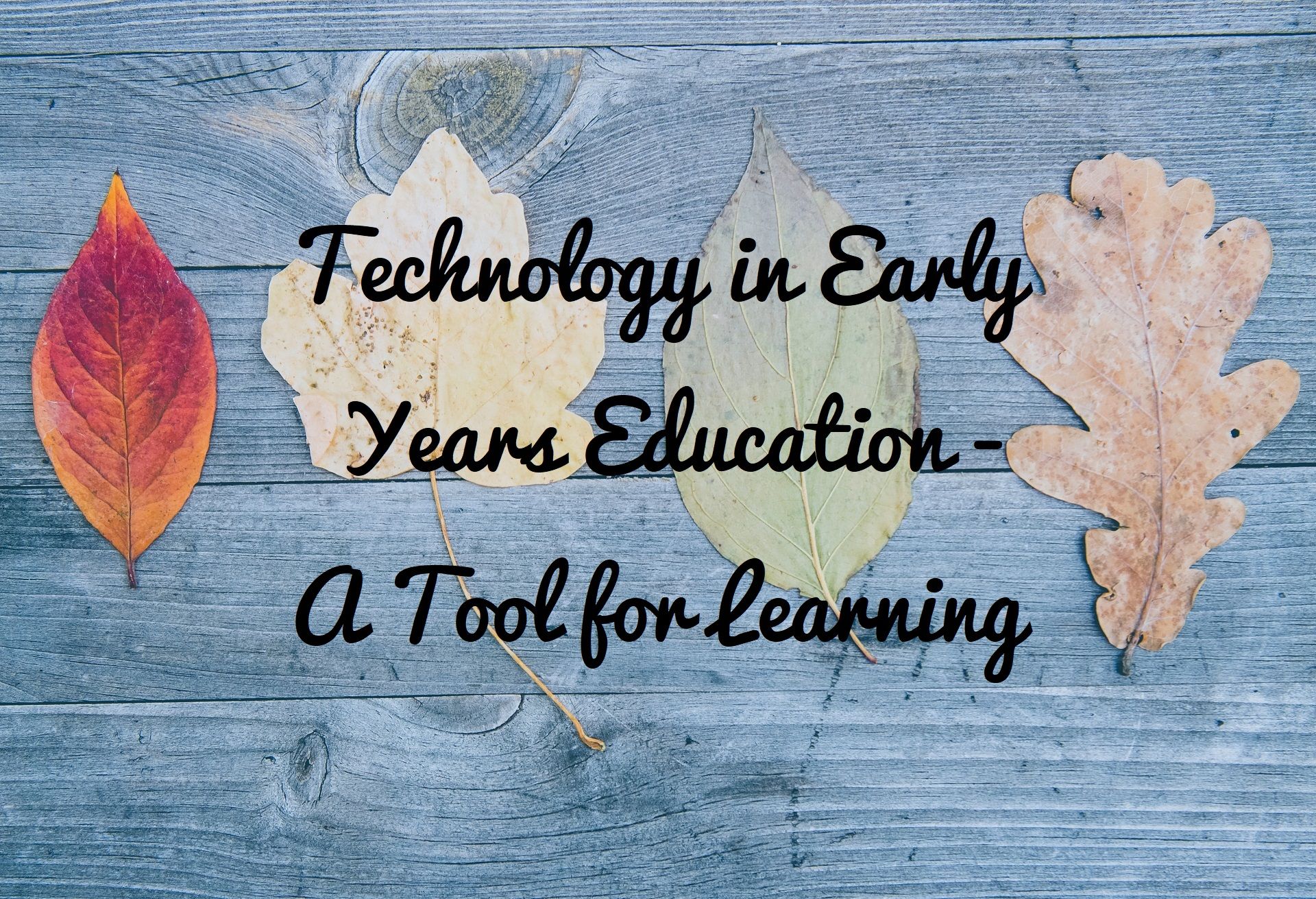In a not-to-distant past life, I worked as an Early Years teacher. For six years I taught children from ages 3-7 and completed a masters in Learning, Education and Technology at the start of last year. This series of blog posts will focus on some 'dos and don'ts' of how you can use technology at home to help enhance children's learning.
I left teaching just under two years ago. The more I learned about children's cognition in these early years, the less I could justify the way that we taught. In these key years for development, learning and play should be indistinguishable and, as I see friends suddenly having to take up the mantle of teacher in this unprecedented landscape, this message is more important than ever.
I want to make one thing incredibly clear before I carry on. Children's mental well being and attitude towards their work is the absolute most important thing here. We cannot underestimate the impact the current situation is having on children. A quick look at Maslow's hierarchy of needs shows us that learning cannot even begin to happen when we don't feel physically safe, you know, like, if there were a literal global pandemic happening. If your child manages to learn anything in this time, you have done an incredible job. If your child is not in the frame of mind for learning then that's absolutely fine, and I absolve you of any guilt you may feel over this. If your child comes out of this having forgotten how to spell, that is much easier to teach than if they come out of this little balls of stress.

That said, technology can be a great way to make children excited to learn, and can bring aspects of gamification into learning - which can help to engage otherwise reluctant learners. It's very easy to see that word, gamification, and think that those elements of game play are equal to the play that children need. This is unfortunately not the case. Play for learning involves exploration, imagination and following children's natural lines of enquiry. The aspects of play brought in by gamification are specific tools that relate to playing games, such as point scoring and competition.
Many schools seem to be asking children to play apps such as "Sumdog", which refreshingly has questions that relate to the maths mastery curriculum, presenting different representations of number and asking questions that promote mathematical thinking. However, I am not a fan of the elements of gamification that apps like this use. The element of competition pits children against each other, instead of valuing their learning journey, and awards points only for getting the correct answer. An experience that can be stressful for developing brains.
Praise in learning should come from the thinking that takes place, and not from finding the right answer. The thinking is where the juicy part is happening, that's where children are having to form new cognitive pathways and really get their gears turning. Finding the wrong answer is a gem in mathematical learning. It gives us a chance to talk about the tactics we implemented to get there - if we can work out where we went wrong, we can better understand the skills we need to answer this question. Knowing that 2 * 8 = 16 does not make a child a great mathematician. Knowing how they multiplied the two numbers so that they can use this tactic in other places is the important skill. (There is a place for learning "short cuts" such as number bonds and times tables, because it helps you utilise those things to solve more complicated problems, but that's a conversation for another time!). It's the doing not the answering which is the important part of the learning.
This type of app should be seen as an add on to learning, instead of a replacement. The app is a way to get your child interested in talking about numbers, a fun reward to let them demonstrate what they know, but this, in itself is not authentic learning.
"Good" learning using technology happens when you use it as a tool in the same way that we use it in the real world. I am not sitting at the computer right now because I want to do some computing. I'm writing something that I want to share, and this is the best tool for me to use. I could write it down and post it up on the town message board, but this tool is better fit for the job.
Right at the start I said that learning and play should be indistinguishable. Technology should be used as a tool to enhance your child's learning through play. We'll be giving some examples of what this looks like in our next posts.
